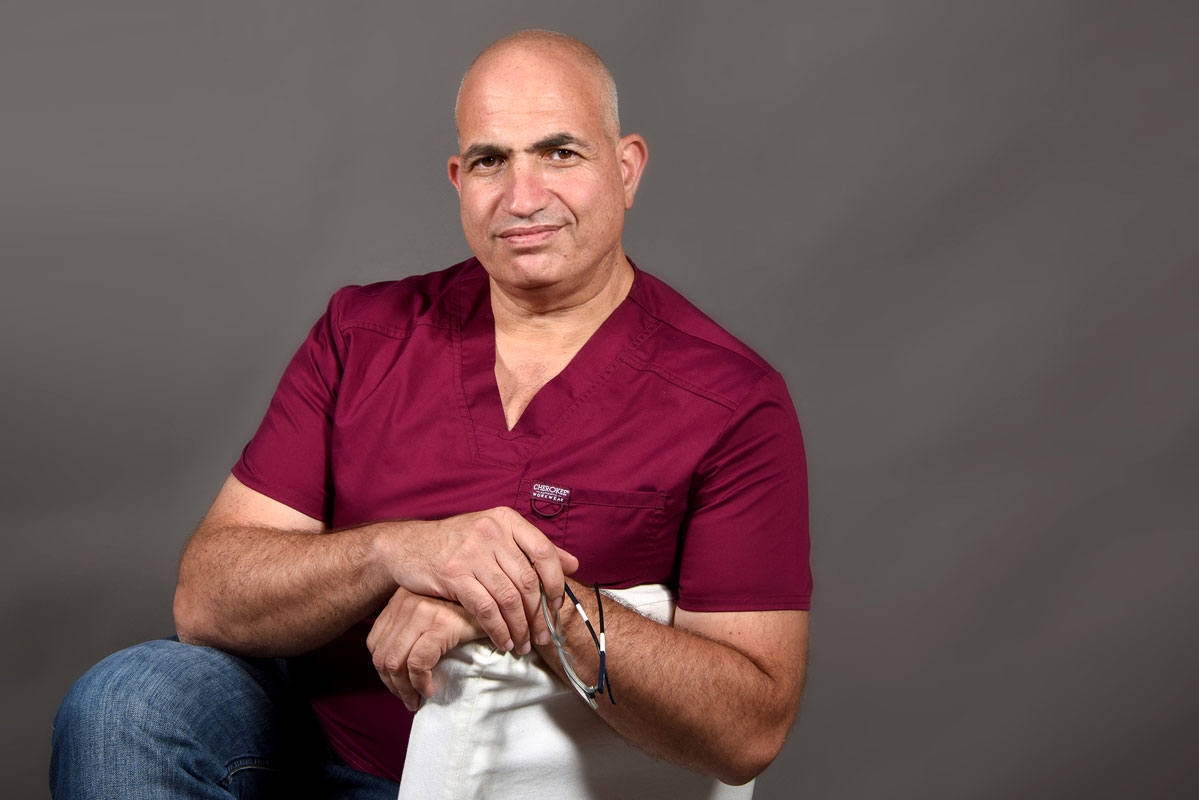Written by: Dr. Shlomi Barak.
Male reproductive anomalies and investigations
Most men with genital tract obstruction have azoospermia, normal testicular size, normal male characteristics, and normal serum FSH levels. However, some have combined obstruction and spermatogenic disorders or partial obstructions and severe low sperm count oligospermia. There may be a history of an event that caused the obstruction, such as epididymitis with gonorrhea or associated respiratory disease. Because a few men with normal spermatogenesis have elevated FSH levels and some spermatogenesis may occur in association with a severe spermatogenic disorder, all patients should be offered further investigation.
With bilateral congenital absence of the vasa or ejaculatory duct obstruction, semen volume, pH, and fructose levels are low. The semen also does not have its characteristic smell and does not form a gel after ejaculation because it contains only prostatic and urethral fluid. Rectal ultrasound shows absent or atrophic seminal vesicles with bilateral congenital absence of the vasa; but with ejaculatory duct obstruction, the seminal vesicles and ejaculatory ducts are dilated, and the cause of the obstruction may be obvious, such as a cyst of the prostatic utricle. Testicular biopsy is usually normal, but there may be some reduction in spermatogenesis, either as a coincidence or as a result of the obstruction, particularly after vasectomy.
Differential Diagnosis
Men with persistent azoospermia, normal testicular size, normal virilization, and normal FSH levels can be assumed to have obstruction until proved otherwise. As many as a third of men with this clinical picture are found to have a serious spermatogenic disorder on testicular biopsy, despite the normal serum FSH level. There are rare instances of normal men who show azoospermia on single occasions or over a short period. This “spurious azoospermia” must be excluded before surgery is contemplated. It is important to test for sperm in urine after ejaculation in patients with possible ejaculatory duct obstruction, because partial retrograde ejaculation can produce the same the semen characteristics as ejaculatory duct obstruction . Also, large cysts causing ejaculatory duct obstruction can affect the bladder neck and cause retrograde ejaculation.
Treatment
General Management
Patients in whom one or both vasa deferentia are not palpable have congenital unilateral or bilateral absence of the vas deferens. Fifty to eighty-two percent of healthy men with CBAVD harbor detectable mutations in one or both alleles of the CFTR gene . These men should all be tested for CFTR abnormalities. CFTR testing is also indicated in azoospermic patients with normal testis volume, normal serum FSH, and palpable vasa deferentia, who have low semen volume (<1.5 ml). Female partners of carriers should be screened for cystic fibrosis gene mutations and the couple counseled accordingly. Although most consider genetic testing unnecessary, a high proportion of men with idiopathic epididymal obstruction were shown to be carriers of CFTR mutations.
Preimplantation or prenatal genetic diagnosis may be performed if mutations are found in both partners. Sperm retrieval for ICSI, either from the testis or other parts of the genital tract, is a good option. For ICSI, sperm may be obtained by testicular biopsy or percutaneous sperm aspiration from the epididymis under local anesthesia. If a spermatocele is present, usable sperm may be obtained by direct puncture through the scrotal skin.
Results
The results of ICSI with testicular or epididymal sperm are similar to those obtained with sperm from semen


